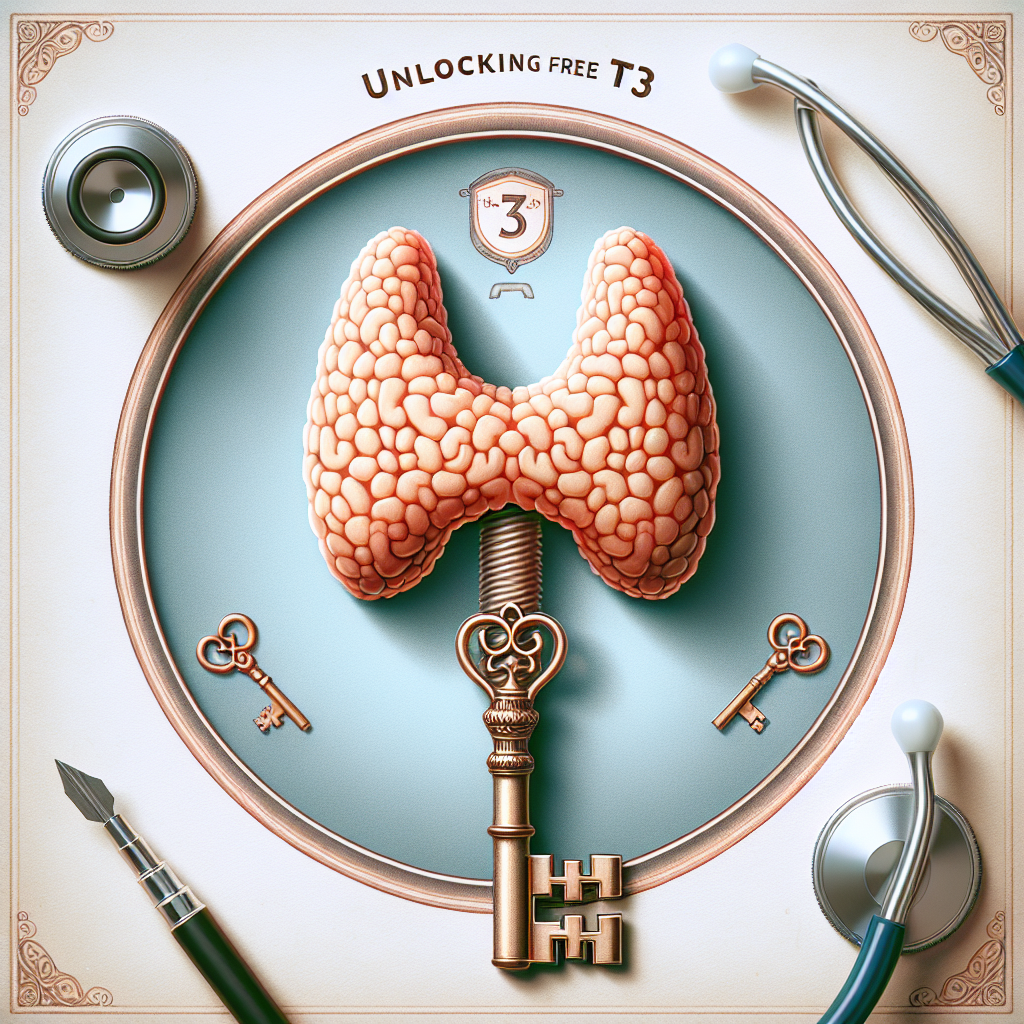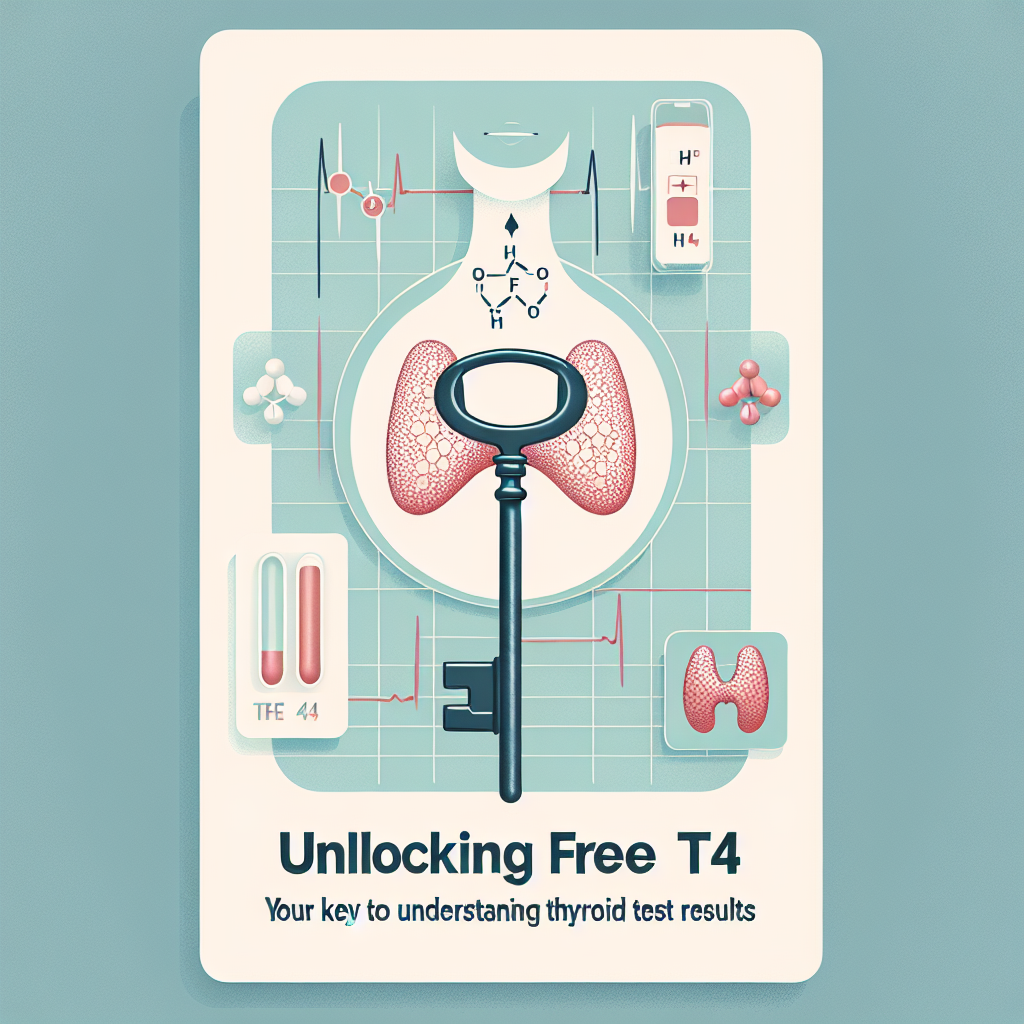Deciphering biological test results can often lead to confusion. For instance, the term “free T3” may appear daunting initially. However, grasping the significance of this parameter is crucial for understanding your health check-up. This article seeks to demystify Free T3, elucidate its essential functions within the body, and offer guidance on interpreting the values displayed on your analysis report. Equipped with this knowledge, you’ll feel more at ease discussing your health with your physician.
Defining Free T3
Free T3 represents the biologically active form of one of the primary hormones synthesized by the thyroid gland, known scientifically as free triiodothyronine. This small, butterfly-shaped gland, situated at the base of the neck, predominantly produces another hormone, T4 (thyroxine). Following its production, the body converts T4 into T3, which possesses significantly higher activity.
The term “free” is vital to note. Most thyroid hormones are attached to transport proteins in the bloodstream and remain inactive. Free T3 reflects the minuscule fraction (approximately 0.3%) that is unbound to these proteins. This free portion is readily available to exert effects on the body’s cells.
Function as a Metabolic Regulator
Free T3 plays a critical role in regulating metabolism. It affects the rate at which cells utilize oxygen and generate energy, thereby influencing numerous bodily functions. After entering cells, Free T3 binds to specific receptors to modulate the activity of particular genes, which in turn govern essential processes such as heart rate, body temperature, and the metabolism of fats and sugars.
Hormonal Regulation Mechanism
The thyroid’s activity is meticulously regulated by the brain’s hypothalamus and pituitary gland, which continuously communicate with the thyroid. The hypothalamus excretes TRH, prompting the pituitary gland to release TSH (thyroid-stimulating hormone). TSH is the hormone that directly stimulates the thyroid to produce and release T4 and T3, ensuring hormonal equilibrium.
Importance of Free T3 Measurement
Measuring Free T3 serves as a crucial diagnostic tool for healthcare providers. It offers invaluable insights into thyroid hormone activity at the tissue level. Any abnormalities in this marker can lead to widespread repercussions within the body if not properly identified and managed.
For instance, consistently elevated Free T3 levels may heighten the risk of cardiac rhythm disorders or bone density loss. Conversely, chronically low levels can result in symptoms such as extreme fatigue, weight gain, or cognitive difficulties. According to entities like the American Thyroid Association, disorders associated with the thyroid are prevalent and frequently underdiagnosed.
This biomarker is therefore integral to attaining an accurate diagnosis. For example, should a patient exhibit signs of a thyroid issue but possess normal TSH levels, assessing Free T3 can unveil an irregularity and help tailor appropriate management strategies.
Guidelines for Interpreting Your Analysis Results
Your laboratory report will display your Free T3 results accompanied by measurement units, typically in picomoles per liter (pmol/L) or picograms per milliliter (pg/mL). The lab will also present its specific reference range alongside your result.
Comprehending Reference Ranges
It is crucial to understand that each laboratory establishes its own reference standards, which may vary based on the analysis techniques and equipment utilized. However, as a general guideline, a normal range for Free T3 often falls between 3.1 and 6.8 pmol/L. You should always consult the values indicated on your individual report.
If your results fall outside this range, they are typically highlighted with a color (like red) or a symbol (such as an upward arrow ↑ for high levels, or a downward arrow ↓ for low levels). Thus, the first step is to compare your value with the provided reference range.
Mini Checklist for Reviewing Your Results
- Identify your result and the measurement unit (pmol/L or pg/mL).
- Compare your value to the reference range provided by the laboratory.
- Observe the extent of the deviation if your result is abnormal.
- Review other thyroid parameters if available (TSH, Free T4).
- Contrast with previous analyses, if applicable, to identify trends.
Conditions Associated with Free T3 Levels
Fluctuations in Free T3 levels can signal various medical conditions.
Elevated Free T3 Level: Hyperthyroidism
An increased Free T3 level is indicative of hyperthyroidism, characterized by an overproduction of thyroid hormones.
- Graves’ Disease: This is the predominant cause, an autoimmune condition in which the immune system generates antibodies that continually stimulate the thyroid.
- Toxic Adenoma or Toxic Multinodular Goiter: In these instances, one or more nodules within the thyroid develop autonomy and produce hormones independently of TSH regulation.
Symptoms of high Free T3 may include weight loss, palpitations, anxiety, or tremors. Doctors often recommend subsequent tests (like antibody levels, thyroid ultrasound) to pinpoint the cause of these abnormalities.
Decreased Free T3 Level: Hypothyroidism
A diminished Free T3 level may signify hypothyroidism, reflecting insufficient hormone production.
- Hashimoto’s Thyroiditis: The most prevalent cause of hypothyroidism, an autoimmune condition resulting in gradual destruction of the thyroid by the immune system.
- Euthyroid Sick Syndrome (or Low T3 Syndrome): This condition can manifest during severe acute or chronic illnesses, where the body intentionally reduces T4 to T3 conversion to conserve energy. It is not primarily a thyroid issue.
Common symptoms associated with hypothyroidism include marked fatigue, heightened sensitivity to cold, weight gain, or constipation. A typical scenario might involve a patient reporting debilitating tiredness along with low Free T3 levels despite normal TSH results, indicating a potential problem with hormone conversion or a less common cause.
Practical Advice and Medical Follow-Up
If your analysis reveals an abnormal Free T3 level, it is crucial to consult your physician. Only a professional can deliver an accurate diagnosis and determine the next steps.
- Mild Abnormalities: Regular follow-up may suffice in these cases.
- Moderate to Severe Abnormalities: Immediate medical consultation is recommended to discuss treatment options, particularly for significant deviations.
Maintaining a healthy lifestyle can support thyroid function. A well-balanced diet, rich in iodine (found in seafood and iodized salt) and selenium (such as Brazil nuts), can be advantageous. Additionally, managing stress and engaging in regular exercise contribute to overall hormonal balance. However, these lifestyle changes should never replace necessary medical treatments.
Frequently Asked Questions Regarding Free T3
Does Free T3 Fluctuate Throughout the Day?
Fluctuations in Free T3 over the course of the day are minimal and typically deemed clinically insignificant. However, prolonged fasting can lead to lower levels. Generally, blood can be drawn at any time, though fasting blood samples collected in the morning are often preferred.
Can Certain Medications Affect My Free T3 Level?
Yes, various medications can influence Free T3 results. Drugs such as corticosteroids, amiodarone, or certain beta-blockers may hinder the conversion of T4 to T3, while others like heparin could artificially elevate the measurement. It is critical to inform your physician about all medications you are taking.
Can Hypothyroidism Symptoms Occur Despite Normal Free T3?
This situation is complex and has sparked ongoing debate. Some individuals report classic hypothyroid symptoms even when their blood tests return normal results. Research is exploring possibilities such as cellular resistance to thyroid hormones, but this remains a topic of investigation.
What Impact Does Pregnancy Have on Free T3 Levels?
Pregnancy induces considerable hormonal alterations. Free T3 levels may fluctuate across trimesters, leading laboratories to adopt specific reference ranges for pregnant individuals tailored to each pregnancy stage.
Additional Resources
- To enhance your understanding of this blood marker, click here.
- For further insights on other markers, additional articles are available here.
Unsure About Your Blood Test Results?
Gain immediate clarity with BloodSense. Our platform interprets your blood test results online in just minutes. We simplify complex medical data into an easy-to-understand report, empowering you to take charge of your health. Visit bloodsense.ai now for your personalized insights.







